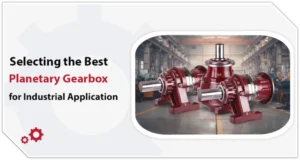Advanced Guide: Selecting the Best Planetary Gearbox for Industrial Applications
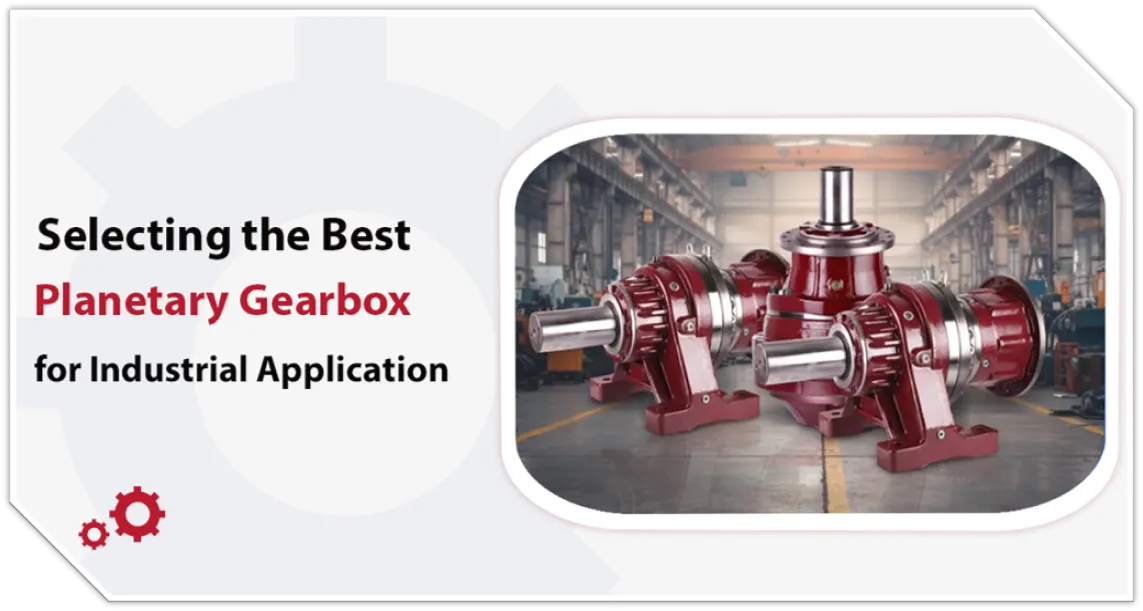
Why Planetary Gearbox Selection Matters
In industrial settings, every mechanical system is interconnected. A single weak link — such as a mis-specified gearbox — can cause a domino effect of operational problems: downtime, production delays, escalating maintenance costs, and in some industries, safety risks.
The planetary gearbox is central to this performance chain in high-torque, compact-drive applications. Its design allows multiple gear meshes to share the load, resulting in extraordinary torque density for its size. This advantage quickly becomes a necessity in sectors where space is scarce, torque demands are extreme, and operational reliability is non‑negotiable.
Rather than starting with brand bias or price, the right way to choose a planetary gearbox begins with understanding the actual operating conditions and translating them into engineering
parameters.
Click here to view our planetary gearbox products and their technical information.
Understanding Planetary Gearbox Architecture & Select the Best Planetary Gearbox
A planetary gear system involves three primary components:
- Sun Gear — The central gear that sets the motion.
- Planet Gears — Distributed evenly around the sun gear, transmitting torque to the carrier.
- Ring Gear — Encases the planets, its internal teeth meshing with them.
The compact coaxial layout of this system gives planetary gearboxes several advantages: efficient power transmission, minimal footprint, and the ability to handle shock loads well.
Load Splitting and Torque Density
Because torque is shared simultaneously among several planet gears, each tooth experiences much less stress. This means the gear teeth can be smaller yet able to withstand higher overall torque — a feature critical when equipment footprints must be minimized.
From Catalogue Specs to Real-World Needs & Select the Best Planetary Gearbox
Many engineering teams rely on vendor datasheets as the first — and sometimes only — stage of selection. While manufacturer ratings (torque, speed, efficiency) are necessary, they don’t tell the whole story.
Service Factor in Practice
- For steel rolling mills, where torque spikes occur as billets enter the rolls, actual service factors often need to be ≥2.0.
- For mining conveyors, load surges from uneven ore density mean gearboxes must absorb peak torque well above nominal values.
Ignoring these realities can result in under‑sized gearboxes that work fine in a laboratory test, but fail prematurely in the field.
Environmental & Operational Extremes
Variables such as dust, moisture, temperature, and vibration often weigh as heavily on gearbox life as load ratings.
- Dust environments → require IP66 sealing plus breathable labyrinth vents to equalize pressure without contamination.
- High-temperature plant zones → need synthetic lubricants with stable viscosity at 180–200 °C.
- Corrosive marine settings → marine-grade paint systems, stainless components, and protected seal lips.
Matching these environmental defences to your reality is one of the most overlooked yet critical steps in gearbox procurement.
Click here to view our planetary gearbox products and their technical information.
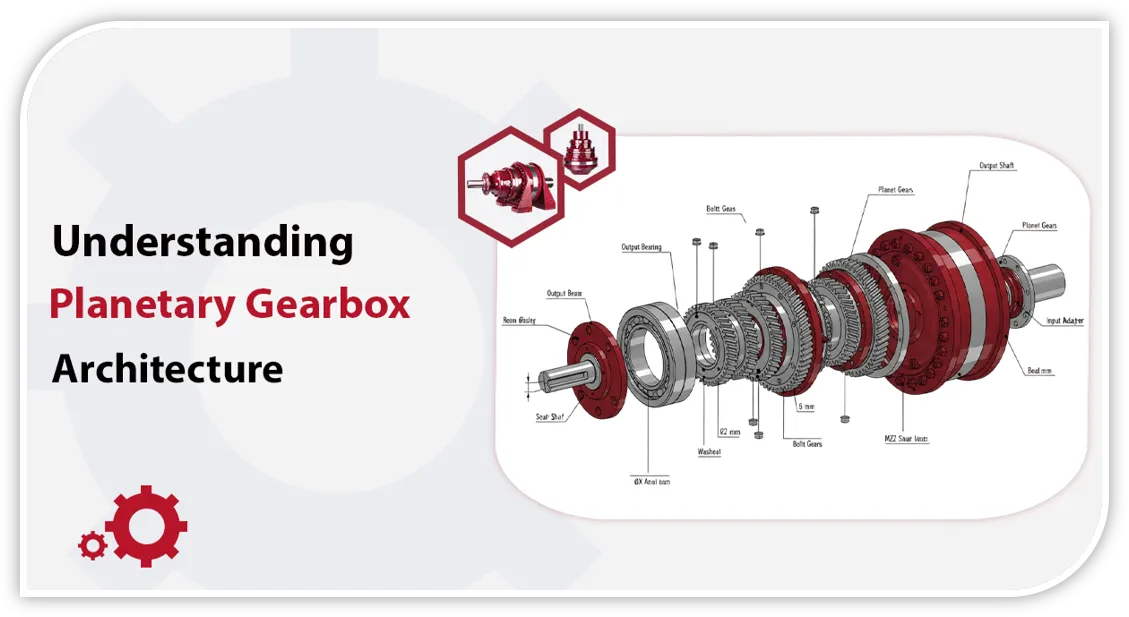
Key Performance Parameters for Engineers
Torque Density
Measured as torque per unit volume, it defines how powerful a gearbox is relative to its size — a metric that planetary gearboxes excel at. High torque density means achieving performance goals without larger, heavier housings.
Backlash
Backlash control is key in precision‑critical fields:
- Sub‑3 arcminutes for robotics, CNC, or turbine pitch control.
- 5–15 arcminutes is acceptable in heavy-duty operations where robustness outweighs precision.
Thermal Capability
Continuous load drives heat generation. Without adequate dissipation, oil films break down, increasing wear rates. Some configurations integrate oil cooling loops or external heat exchangers.
Click here to view our planetary gearbox products and their technical information.
Industry Applications — Tailored Selection Tips & Select the Best Planetary Gearbox
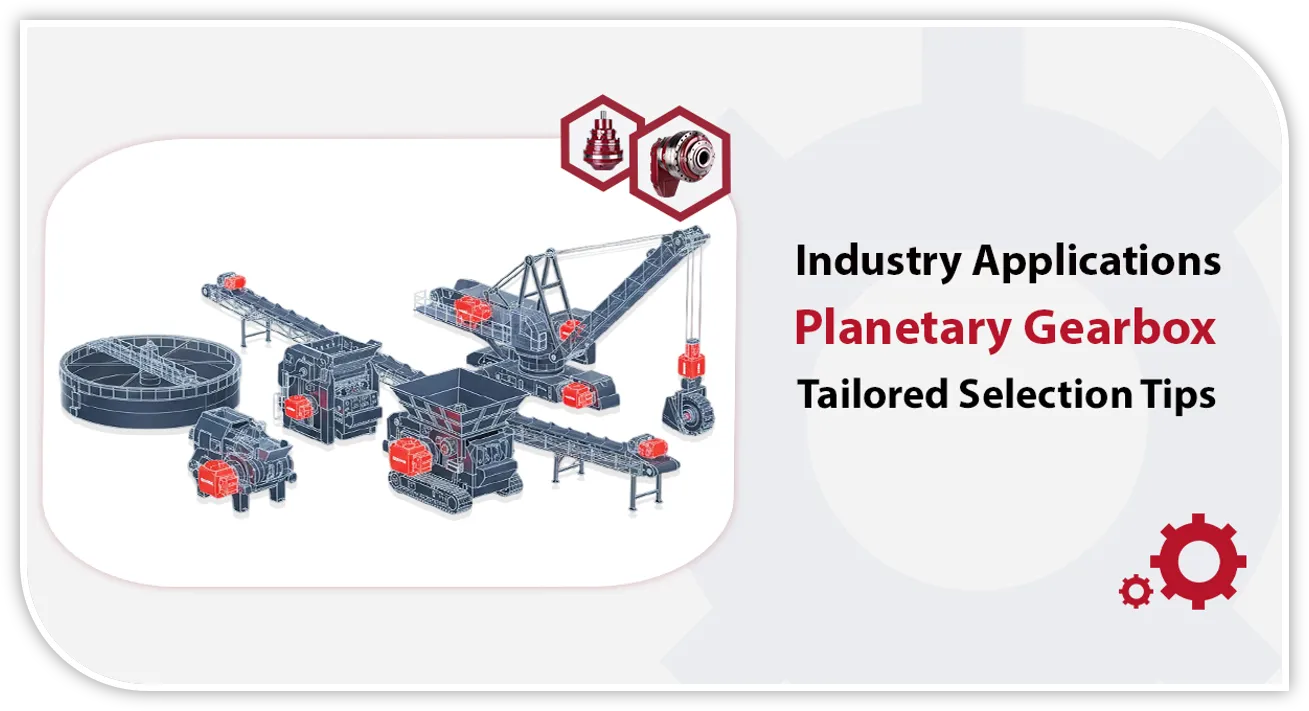
Steel Industry
Requires high torsional stiffness to prevent deflection under rolling loads. Integration with large motors demands exact flange and shaft alignment.
Cement Plants
Gearboxes here drive kilns slowly but under massive loads. Systems often incorporate backstopping to prevent reverse rotation when powered down.
Mining
Excessive dust and vibration demand reinforced housings, specialized seals, and robust bearing arrangements.
Petrochemical
Chemical exposure and explosive atmospheres require resistant materials and compliance with standards such as ATEX.
Wind Energy
Main drives in turbines must handle irregular gusts, making flexible load paths and shock‑tolerant gearing a must.
Marine
Corrosion and shock loading require very high IP ratings and saltwater defensive coatings.
Automation / Robotics
Low backlash and minimal inertia for responsive motion control without sacrificing torque capacity.
Planetary vs Other Gear Types — Practical Insights & Select the Best Planetary Gearbox
| Metric | Planetary Gearbox | Helical Gearbox | Worm Gearbox |
|---|---|---|---|
| Torque Density | Very High | Moderate‑High | Moderate |
| Efficiency | 95–98% | 92–96% | 75–85% |
| Footprint | Compact | Larger Offset | Compact Lengthwise |
| Self-Locking | No | No | Yes at high ratios |
This table separates marketing hype from engineering reality and shows why planetary designs dominate where torque-to-space ratios matter.
Step-by-Step Advanced Selection Process
Step 1 – Load Profile Definition
Measure maximum torque, normal operating torque, and duty cycles under real working conditions.
Step 2 – Gear Ratio Calculation
Use motor speed and required output speed to define nominal ratio. Allow for efficiency losses in multi‑stage designs.
Step 3 – Load Ratings Verification
Compare your needs against rated, allowable, and peak torque limits.
Step 4 – Choose Backlash Level
Match backlash tolerance to precision requirements.
Step 5 – Environmental Hardening
Select materials, seals, coatings, and lubrication suited to temperature, dust, vibration, and chemical exposure.
Step 6 – Integration Check
Ensure the gearbox matches motor flange and shaft specs exactly.
Step 7 – TCO Analysis
Consider not just purchase price but life‑cycle cost including downtime and maintenance.
Click here to view our planetary gearbox products and their technical information.
Deep Dive: Metallurgy & Gear Tooth Engineering & Select the Best Planetary Gearbox
Beyond basic specs, the metallurgical profile determines gear life and reliability.
- Alloy Steel Choice — High-grade steels with optimized carbon content provide strength without brittleness.
- Case Hardening Depth — Target ≥1.5 mm to prevent fatigue cracks.
- Surface Finish — Ra < 0.4 µm to minimize pitting.
These parameters directly influence AGMA and ISO wear life calculations.
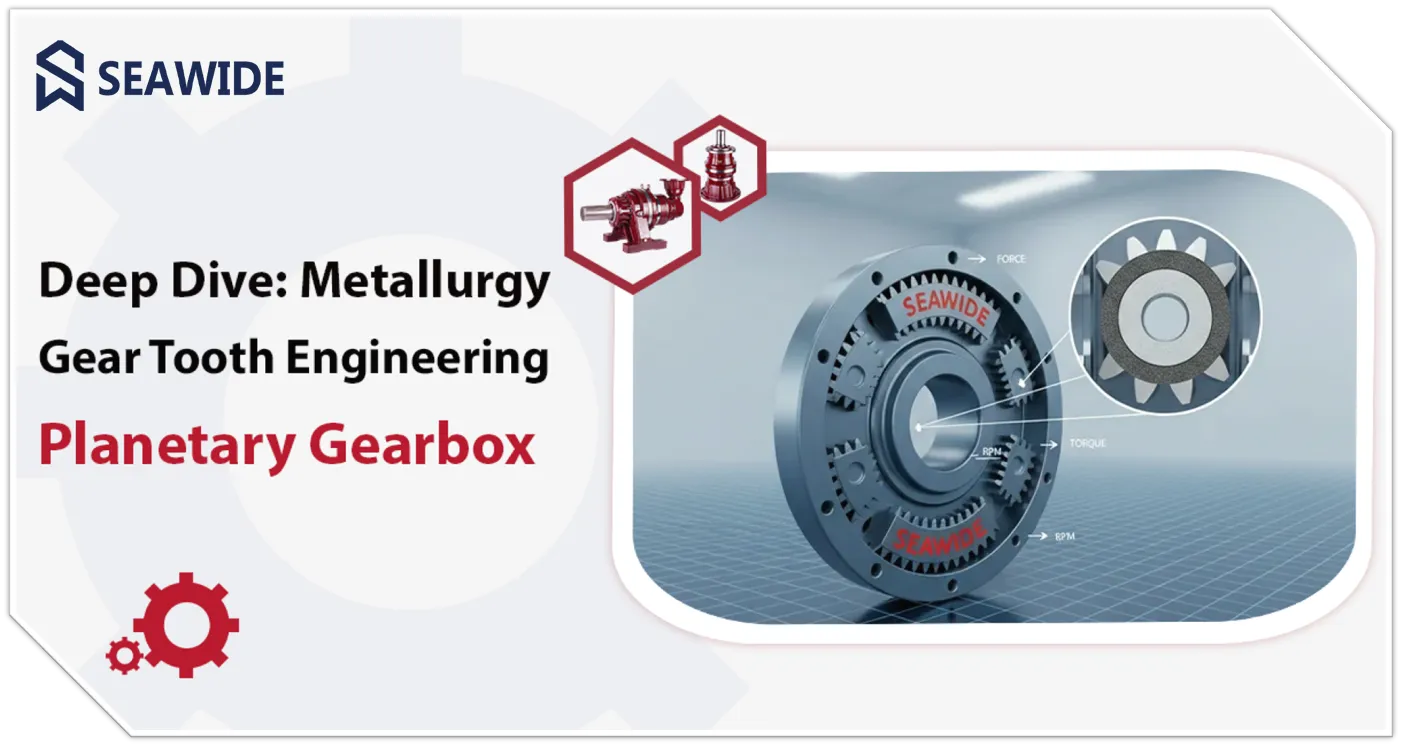
Noise & Vibration Management
Planetary gearboxes are naturally balanced, but housing rigidity, bearing preload, and precision tooth grinding are critical for noise control.
Mitigation techniques include:
- Helical planet gears for smoother meshing.
- Vibrational damping via composite or coated housings.
Lubrication Strategy for Longevity
Different duty cycles call for different lubrication approaches:
- Oil bath systems for continuous heavy load.
- Synthetic greases for intermittent start/stop duty.
Monitoring viscosity and contamination levels during operation avoids silent wear damage.
Click here to view our planetary gearbox products and their technical information.
Validation & Testing Before Deployment
Before a gearbox is adopted in production machinery, full-load endurance tests simulate months of operating cycles in a controlled environment. Data collected on torque stability, thermal balance, and noise levels confirms suitability.
Documentation as a Reliability Tool
Engineering teams should demand:
- Load spectrum analysis.
- Non-Destructive Test reports.
- Assembly and alignment drawings.
- Maintenance schedules specified per component.
These resources shorten troubleshooting cycles and ensure spare part compatibility years down the line.
“In‑Depth Academic Study on Planetary Gear Efficiency — Texas A&M University”


